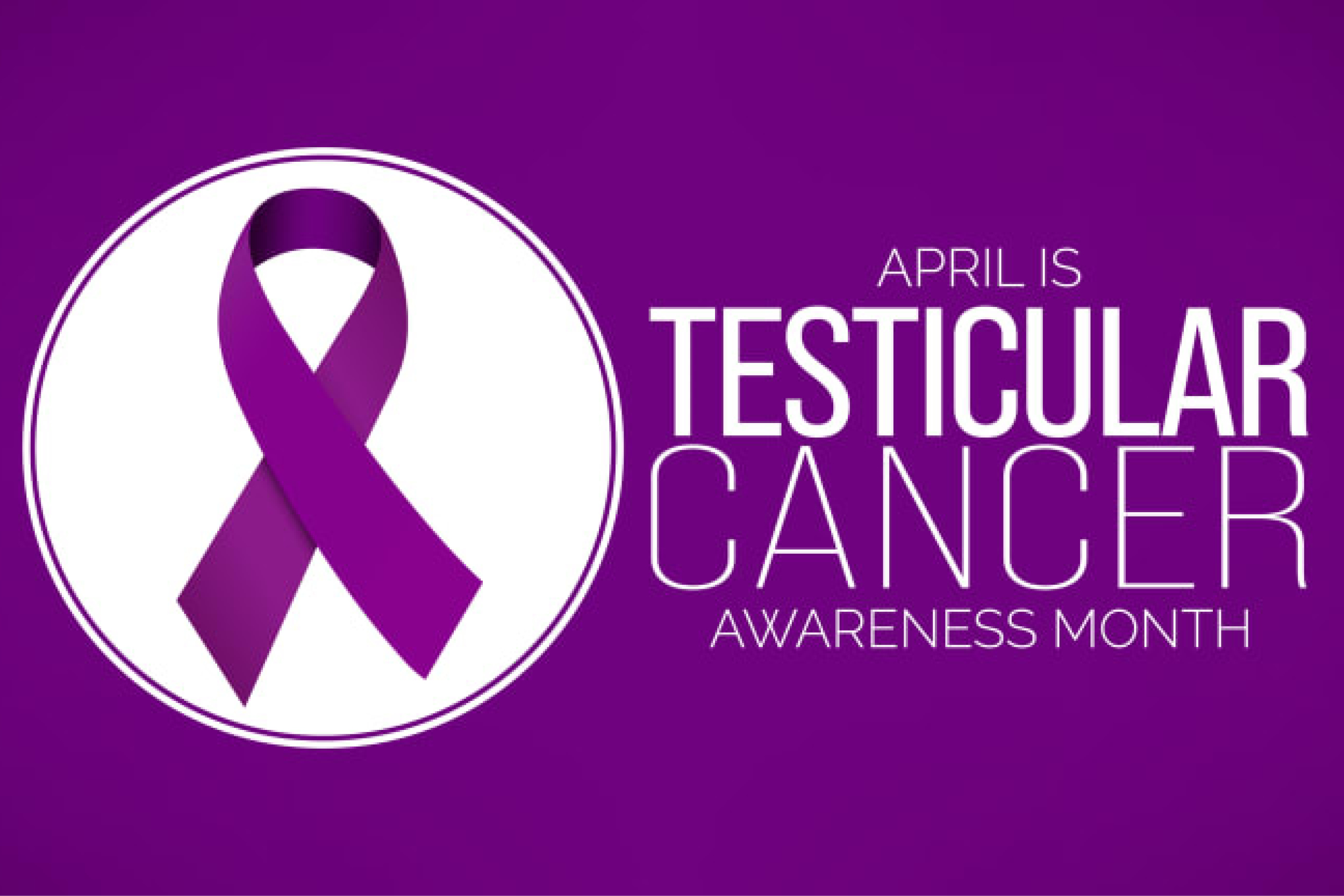Understanding Testicular Cancer
Testicular Cancer Awareness Month, observed every April, serves as an important time to educate people about testicular cancer and shed light on the significance of early detection.
Testicular cancer affects the testicles, the male reproductive glands in the scrotum. It can develop in one or both testicles.
Over 90% of diagnosed testicular cancers are caused by germ cell tumors. Seminoma and nonseminoma are the two main types of germ cell tumors. Sometimes cancers can include both types of these germ cell tumors.
The different types of testicular cancer include:
- Seminoma Germ Cell Tumors
- Nonseminoma Germ Cell Tumors
- Stromal Tumors
While this cancer is rare, testicular cancer is the most commonly diagnosed cancer in young and middle-aged men and responds well to treatment when detected early. It is estimated that about 1 of every 250 males will develop this disease during their lifetime.
This is why understanding signs and symptoms and early detection is key. Regular self-exams and routine physical exams play a pivotal role in early detection. Although not all of the symptoms listed below indicate testicular cancer, it is important to see a doctor if you experience any of these symptoms.
Signs and Symptoms:
- A painless lump or swelling on either testicle. In the early stages, a testicular tumor may be about the size of a pea or a marble.
- Pain, discomfort, or numbness in a testicle or the scrotum, with or without swelling.
- Change in the way a testicle feels, size of the testicle, increased firmness in the testicle, or a feeling of heaviness in the scrotum.
- Minor ache in the lower abdomen or groin
- Breast growth or soreness
- Sudden buildup of fluid in the scrotum
How Testicular Cancer is Diagnosed:
- Physical exam
- Blood test
- Imaging tests, including ultrasounds or CT scans
- Biopsy
Treatment:
The type and stage of cancer determine treatment for testicular cancer. The most common treatment for early-stage testicular cancer is surgery to remove the testicle with cancer. Radiation and chemotherapy are also used to treat this disease.
Sources:
American Cancer Society: Testicular Cancer


